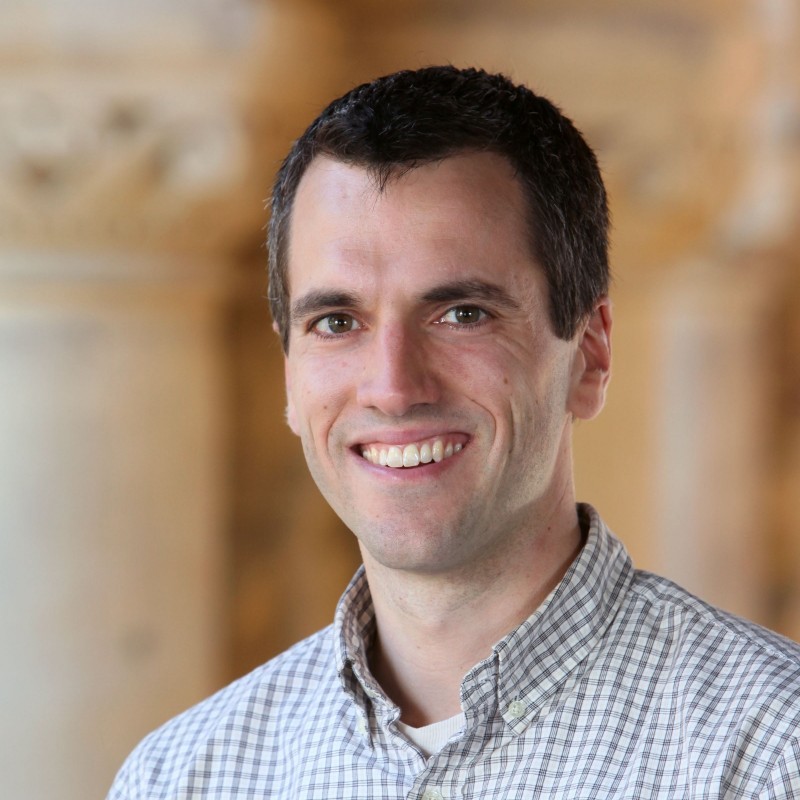Key to DIG’s theory of change is the organization’s educator resources: curricula, lesson plans, exercises, presentation decks, and more. With more than 14 million downloads, use in all 50 states, and several national education awards, DIG’s core curricula, such as Reading Like a Historian, Civic Online Reasoning, and Beyond the Bubble, needed to align with the organization’s new brand as well. Working with the DIG team to identify and rebrand key assets, we sought to equip the organization with the tools needed to share their new brand in a way that reinforced their branding and prioritized the content that teachers across the country rely on. Together, we created a library of the most frequently used DIG resources for the team to use in this new chapter of their organization’s history.






Preparing DIG for Launch & Expanded Brand Impact
Like most nonprofits, DIG speaks to several key audiences with different interests, needs, and questions. To speak to these audiences and to build community amongst them, we created a library of social media, newsletter, and announcement templates for the team. Given the delicate nature of transitioning from SHEG to DIG and their outstanding brand equity, we also charted a brand launch plan to meet audiences where they were and bring them along for the next chapter in the organization’s history. With newsletters, branded assets, social posts, and real photos of DIG’s educator-partners, we set DIG up to deepen their existing relationships while opening the organization up to even more impact.